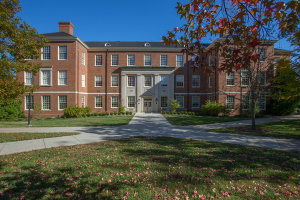
Teamwork That Works: Why Team-Based Learning Is Important
Prepared, engaged students . . . a college classroom humming with active learning . . . time for rich, structured problem-solving. What professor wouldn't jump at the chance to create a learning environment like this? Team-based learning (TBL) has been FLIPPING classrooms for over 35 years. It works equally well in small and large classes; in fact, some people think it actually works better in larger classes. Learn how to get your students to come to class prepared and then how to use that preparation to "flip" your classroom so that class time can be better spent helping students learn how to apply course concepts to solve significant problems.
Jim Sibley is Director of the Centre for Instructional Support at the Faculty of Applied Science at University of British Columbia (UBC) in Vancouver, Canada. As a faculty developer, he has led a 10-year implementation of Team-Based Learning in Engineering and Nursing at UBC with a focus on large classroom facilitation. Jim has over 30 years experience in faculty support and training, facilitation, and managing software development at UBC. Jim serves on the editorial board of the Journal on Excellence in College Teaching (term 2014-2017). Jim is an active member of the Team-Based Learning Collaborative and has served on its board and many of its subcommittees. He mentors colleagues in the Team-Based Learning Collaborative's Train the Trainer mentorship program. He is co-author of the new book Getting Started With Team-Based Learning that was published by Stylus in July 2014. He is an international TBL consultant, having worked at schools in Australia, Korea, Pakistan, Lebanon, United States, and Canada to develop TBL programs.
